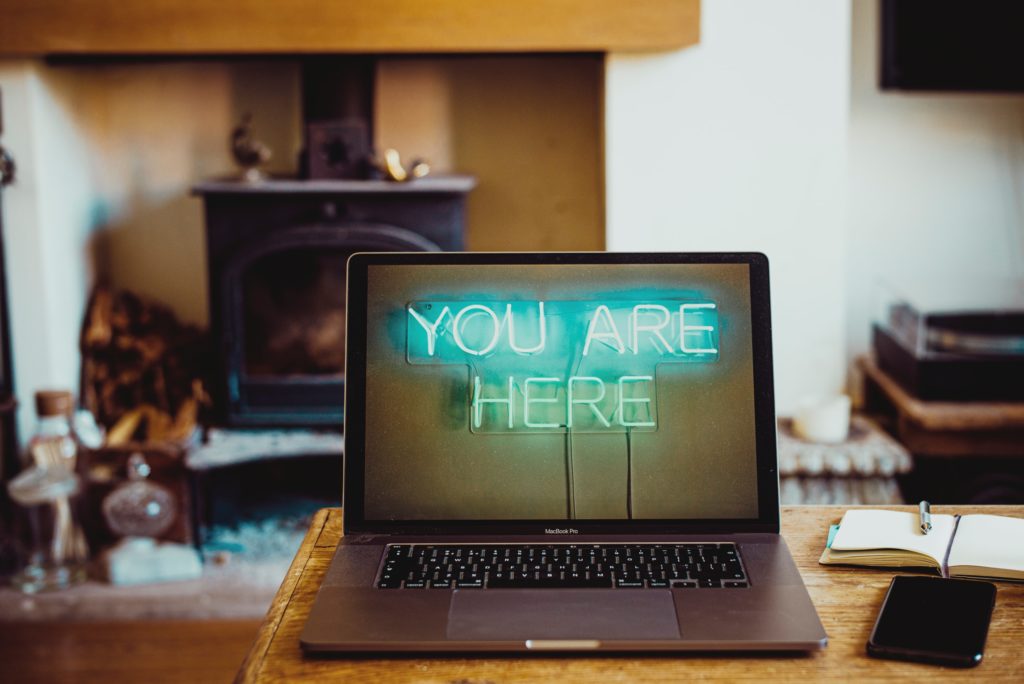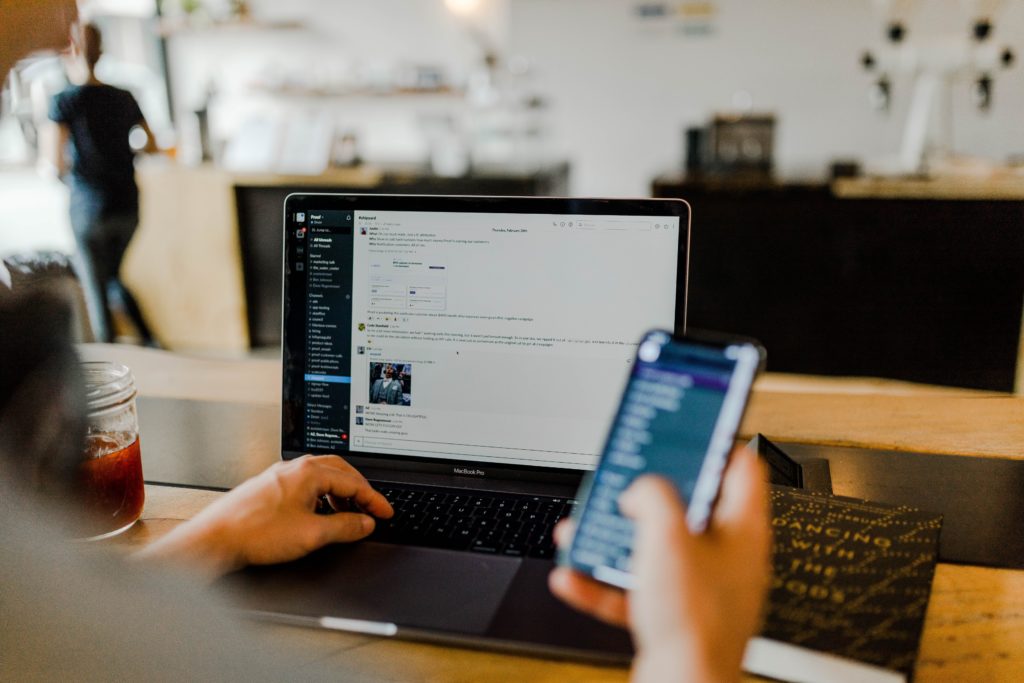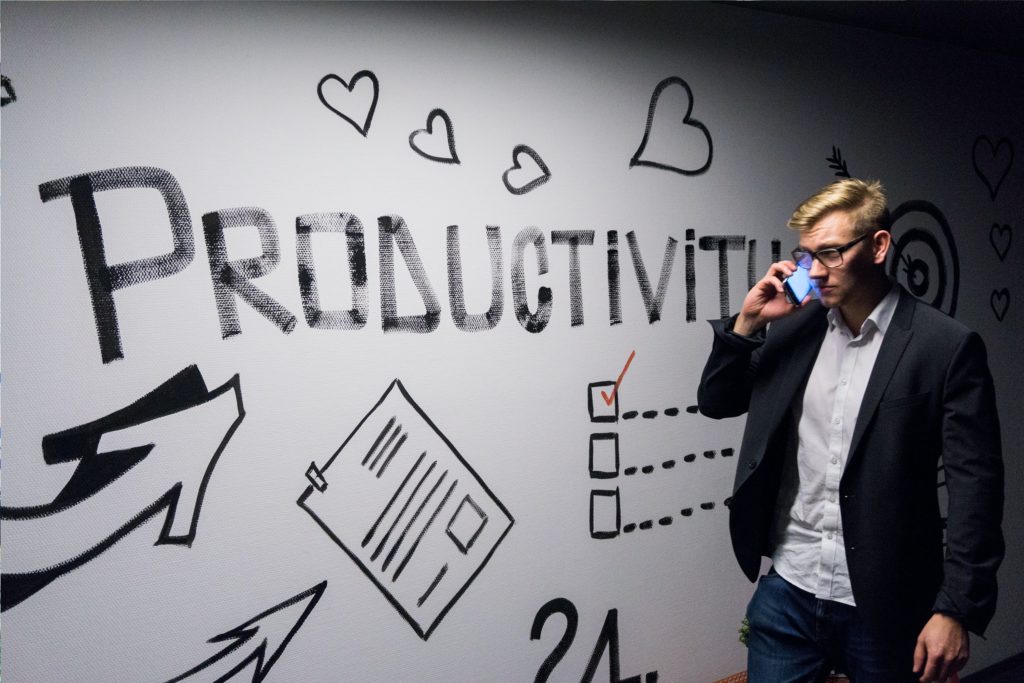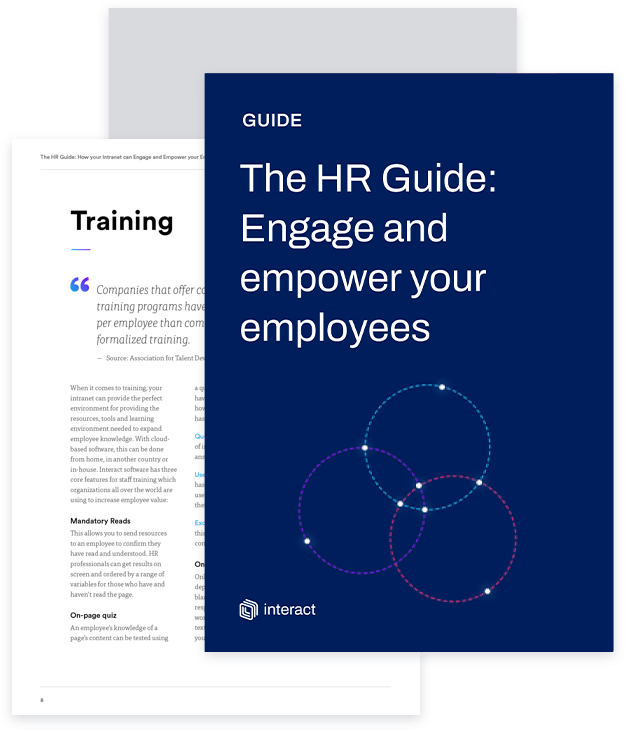2020 changed the landscape of business for many; internal communicators and HR professionals were challenged like never before. There was an emphasis on the importance of the employee experience and an increasingly digital workplace culture. With unprecedented demand placed on those in HR, teams looked for new ways to help support their ever-changing role.
COVID-19 fast-tracked many budding workplace conversations, such as the benefits of remote working and an increased focus on employee mental health. Tasked with supporting home-based employees throughout the pandemic, HR teams needed to adapt quickly to the new way of working.
As a result of the events of 2020, many organizations have realized the advantages of an intranet for the remote workforce and the culture of communication these tools can create. HR, in particular, is at the forefront of exploring the use of the tech stack to help manage the convergence of office workers and their homes.
This technology introduces new and exciting ways to manage the employee experience, communicating with workers, combatting loneliness, and reducing anxiety. All while emphasizing the company culture. Successful use of software by HR teams has brought its own advantages, with talent pools significantly widened and increased collaboration for teams. A win for most, particularly during the most unprecedented global health crisis of the 21st century.
What do HR teams need to do?

Organizational change has been rife this year. So what can HR professionals do to adapt and ensure that the business is prepared and that employees feel informed?
During this period of uncertainty for many, taking steps to ensure a focus on employee wellbeing creates a work environment conducive to positive mental health.
As workforces across the world move to a hybrid model of working, some returning to the office and others choosing to go fully remote, it’s HR’s job to communicate the ever-changing business landscape to their inquisitive employees. Keeping everyone connected and encouraging interdepartmental engagement becomes essential for an enhanced employee experience.
Improving the overall day-to-day mechanics for staff is no easy feat, but the benefits are clear. During this period of uncertainty for many, taking steps to ensure a focus on employee wellbeing creates a work environment conducive to positive mental health. This ultimately reduces burnout at the end of a long, tough eighteen-month pandemic.
A focus on wellbeing

The wellness challenges caused by the pandemic are impactful and comprehensive. But this perfectly positions internal HR professionals as the ones able to seize the opportunity and develop an environment that works for everyone. When done correctly, the benefits are far-reaching and can positively impact turnover and recruitment, amongst other things. Staff retention gets better, talent attraction is much easier, and the overall workplace health is vastly improved.
Some organizations offer mental health first aid training to selected staff to gain a better understanding of the issues employees face.
According to the 2020 “Win with Empathy” study from American asset management firm Mercer, only 22% of companies offer a personalized wellbeing program. Mental health impacts employees in various ways, so what works for one person may be useless for another. Therefore, it’s vital to create bespoke support channels that offer different coping mechanisms for stress. Let employees choose the method that works for them.
Empower and engage your employees – an intranet for HR
Personalized wellbeing could be as simple as encouraging a conversation with their manager about any professional or personal issues. Some organizations offer mental health first aid training to selected staff to gain a better understanding of the issues employees face.
What else do employees want?

The “Win with Empathy” study from Mercer coincidentally found that 70% of workers are dissatisfied with any future career opportunities currently on offer. This issue, if left unchecked, leads to a rise in staff turnover and recruitment costs.
After a turbulent year, staff want to feel safe and secure in their roles. There are many ways for employers and HR teams to achieve this. Benefits that encourage fitness and health, such as gym memberships or private healthcare, are particularly popular thanks to the emphasis on healthy living caused by the pandemic.
But there are other things employees want too. As the cost of living rises in most major cities, financial wellbeing is significant to many. Ensuring that the remuneration is comparable to the market rate is an excellent way to ensure that workers feel appreciated.
Finally, employees respond well to a focus on internal communication and support. Intranet software and social communications can drive this, alongside a peer-to-peer reward system, or increased opportunities for training and development. Including these in an HR strategy makes staff feel purposeful and reduces anxiety within the workplace.
Promote a diverse and inclusive culture

According to management consultancy McKinsey & Company’s ‘Why Diversity Matters’ report, racially diverse teams outperform less varied competitors by 35%. Furthermore, the research found that gender diversity within teams outperformed single-sex groups by 15%. So, it’s well worth HR teams taking note of trends and statistics on diversity and inclusion. But when planning out a successful employee communication strategy, how can it be ensured that this is taken into account?
Shifting the focus to an inclusive culture, and promoting that mentality from the top-down, ensures that no one feels excluded or discriminated against simply for being who they are.
A diverse workforce includes talent across multiple ethnicities, ages, genders, and sexual orientations. However, it’s not always as simple as identifying and recruiting those that tick the right boxes. Creating an employee experience that promotes respect and appreciation for people across all backgrounds requires further effort and investment. For HR professionals, emphasizing diversity and inclusion starts from the minute someone is hired to their last day in the office. Nothing denigrates a company’s culture faster than employee alienation.
Be aware of unconscious bias in the workplace and take steps to tackle it. Celebrate and appreciate the differences between staff. Produce informal and diverse content on a particular religious holiday or promote internal activities connected to LGBTQ+ Pride Month. Shifting the focus to an inclusive culture, and promoting that mentality from the top-down, ensures that no one feels excluded or discriminated against simply for being who they are.
Empower and engage your employees – an intranet for HR
Building a workplace culture with a greater sense of community brings purpose and productivity to the employee experience. It’s not always easy, particularly when a global workforce consists of multiple different backgrounds and personalities. Managing these employees, and encouraging them to build relationships with each other, requires communication based on trust and understanding. Cultural sensitivity and a celebration of each individual’s uniqueness breeds acceptance and solidarity.
Harnessing the power of technology

Businesses can leverage technology to improve physical and mental health. Remote working has encouraged this adoption to enhance the employee experience. It has allowed HR teams to explore different avenues to support their staff.
Even pre-pandemic, Samsung advocated the use of professional smartwatches to streamline team management, particularly in global enterprises. Smartwatches helped improve the safety of those in physically demanding or dangerous jobs, such as miners or construction workers. Touted as an alternative to smartphones, they could be used as workforce communication devices, with relevant alerts sent to those who require them.
Colleagues can actively collaborate, whether they are based in the same office or halfway across the world.
Other technology solutions are also popular. As the employee experience becomes increasingly digitized, using software with built-in features brings the company culture to life and makes it accessible from anywhere. These were designed to encourage peer-to-peer recognition, the communication of company goals, and the representation of values across all levels of the business.
HR can use these solutions to make sure that employees are engaged with workplace events. Colleagues can actively collaborate, whether they are based in the same office or halfway across the world. Professional achievements can be shared and congratulated, and rewarding shout-outs from grateful teammates can be the simple difference between a positive and a negative day for employees.
A well-planned intranet holds its own as part of the overall communication strategy, a pillar stone of the digital workplace. It provides somewhere for colleagues to be social, a place for them to innovate, and an informative tool for the whole business to communicate. When supported and used correctly by HR teams, an intranet can genuinely transform the employee experience.
Has 2020 permanently changed the employee experience?

The COVID-19 pandemic caused a year of disruption, uncertainty, and change. HR professionals navigated unprecedented challenges, and internal communication strategies have been transformed across the world. According to research from Gartner, 88% of worldwide organizations implemented work from home mandates for their employees after COVID-19 was declared a pandemic.
Organizations have been tested like never before. Employees have adapted from face-to-face interactions to daily Zoom calls and Teams messages. So, are these new changes here to stay, and will they ultimately revolutionize the workplace for the better? While some of the workforce remains divided on the remote working conundrum, it’s fair to say that increased employee flexibility is a step in the right direction and is likely to be a good thing for all.
Empower and engage your employees – an intranet for HR
In the past, the employee experience was solely defined by office interactions, work socials, internal events, and face-to-face team-building activities. These days, organizations have to digitize their culture, as the merging of office and home continues. But this is the chance to reap the benefits that digital transformation through technology can bring; global recruitment opportunities, improved communication strategy, and an emphasis on employee mindfulness.
What comes next?

While the pandemic has caused much hardship across the world, the acceleration of remote working trends cannot be denied. The business learnings and increased employee flexibility acquired in 2020 may be one silver lining taken from a very dark and formidable COVID cloud. Employees have weathered the storm through technology, with many businesses seeing an uptick in productivity and results.
The great ‘Work from Home’ experiment has been an overall success, which many organizations would never have predicted. 2020 has prompted the workplace to fundamentally evolve, and the future for many employees will be a much more adaptive and flexible environment than the one they left in March last year.
The business learnings and increased employee flexibility acquired in 2020 may be one silver lining taken from a very dark and formidable COVID cloud.
HR departments have seen that through technology, colleagues continue to interact and support each other; employee engagement happens digitally rather than at the water cooler. Happy workers are crucial to an organization’s success, but the events of 2020 have proven that the employee experience means more than simply sitting together in an office. Communication and culture run deeper, and the strategies need to be more profound. The right choices for a tech stack is ideally placed to help HR and keep colleagues happy, wherever they are in the world.


